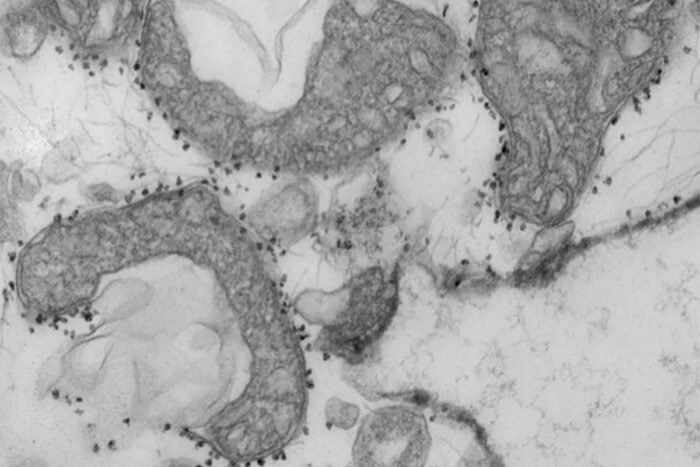
Cat hair could be the purr-fect way to catch criminals, according to researchers from the University of Leicester. They have shown that a single cat hair contains DNA which could link a suspect and a crime-scene, or a victim.
Around 26 per cent of UK householders own a cat and with the average feline shedding thousands of hairs annually, it’s inevitable that once you leave, you’ll bear evidence of the furry resident. This is potentially useful in the forensic investigation of criminal activity.
While a human perpetrator may take pains not to leave their own DNA behind, transferred cat hair contains its own DNA that could provide a link between a suspect and a crime-scene, or a victim.
In a paper published in the journal Forensic Science International: Genetics earlier this mo...
Read More








Recent Comments